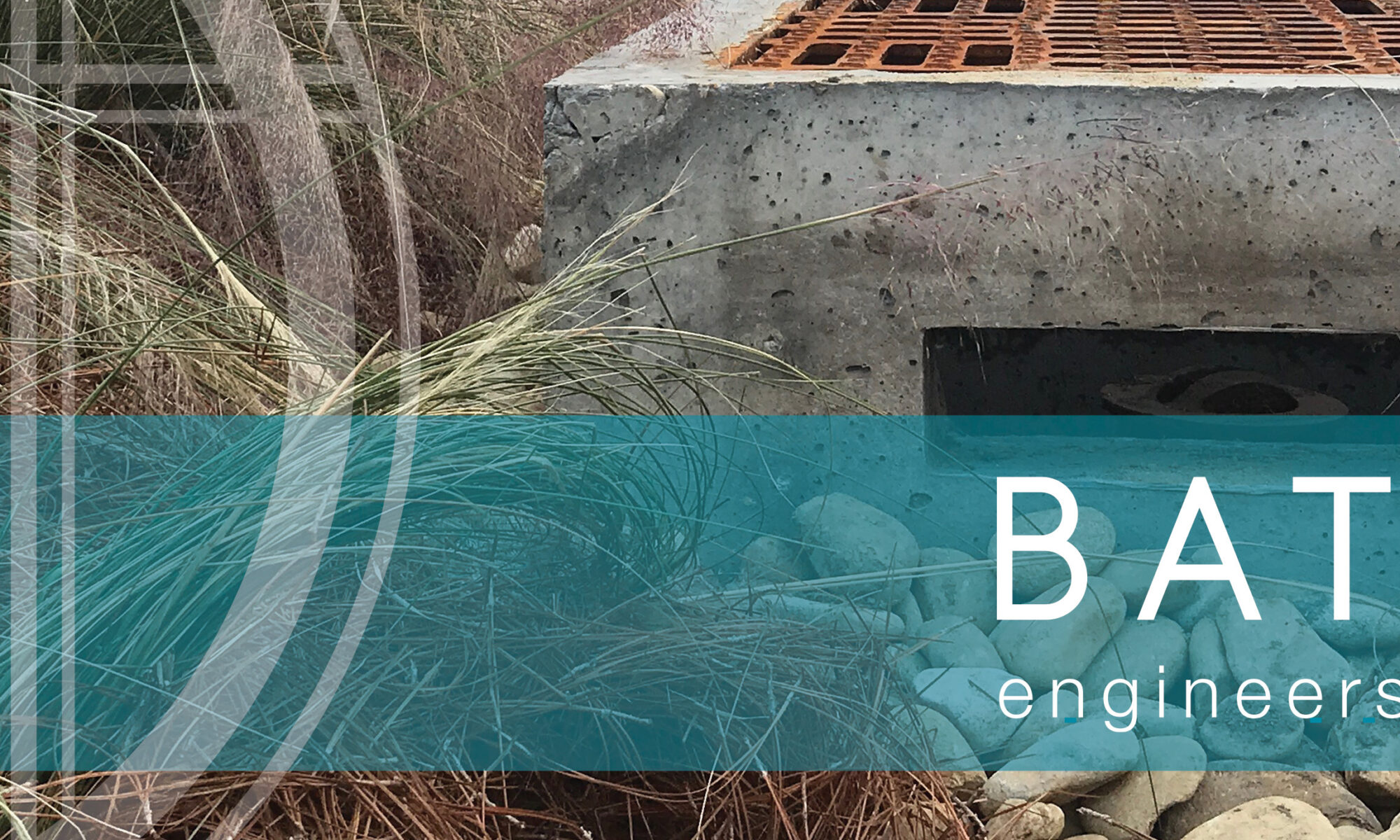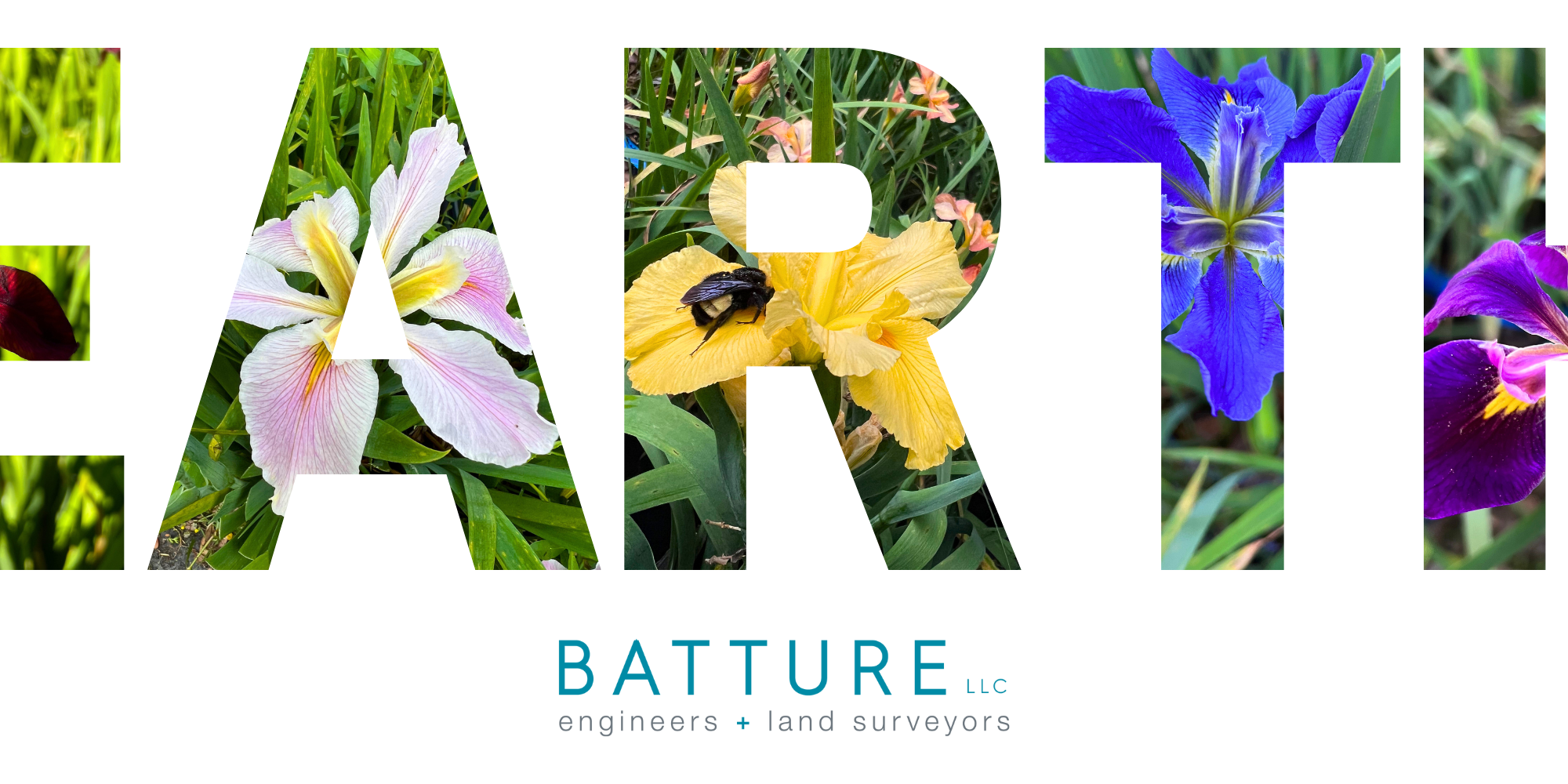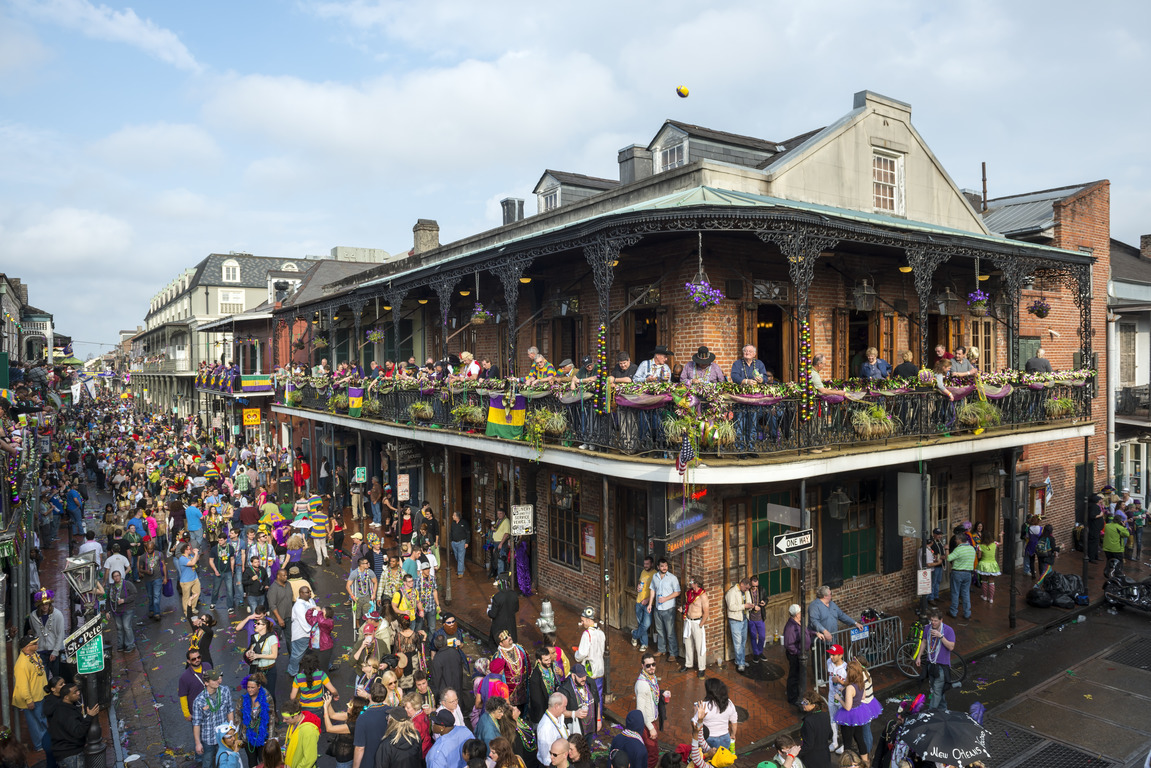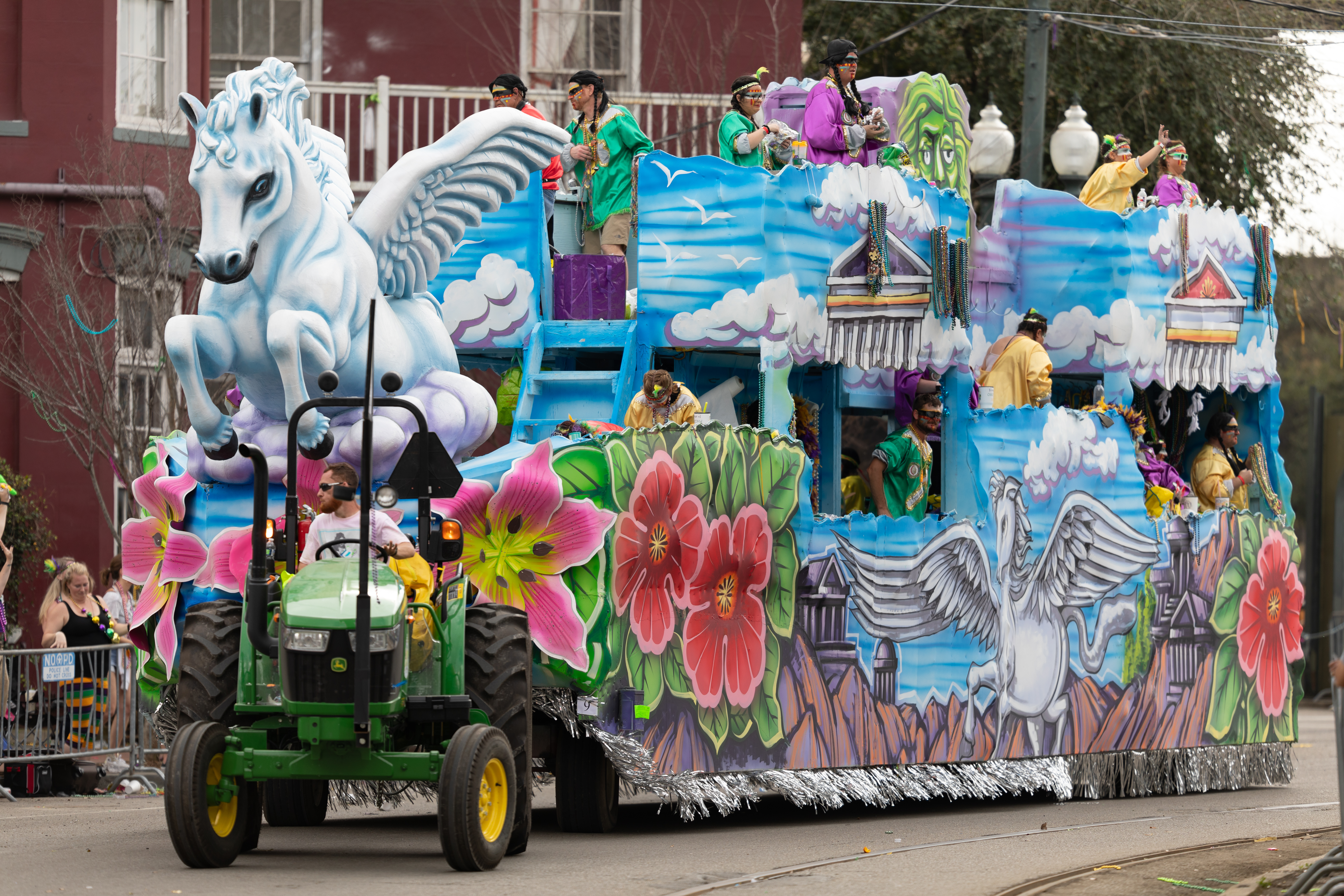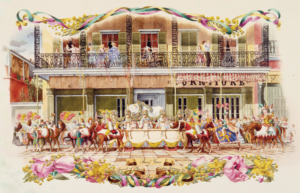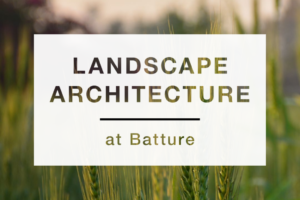
Landscape Architecture is a crucial part of Batture’s foundation and our two woman team keeps everything on solid ground.
Sophie and Lauren collaborate with our clients to bring their outdoor spaces to life. They conceptualize designs for commercial, institutional, and public spaces, which can include anything from parks and plazas to parking lots and plantings along public sidewalks.
Some recent projects Sophie and Lauren are particularly excited about are Annunciation and Nazareth Inn, a redevelopment project focusing on accessibility and site improvements for a senior living facility; a new dormitory project at Loyola University; and an outdoor student lounge on UNO’s campus. Our landscape architecture isn’t just for show (although it does look beautiful)– these are functional spaces that help shape the communities we share.
CONNECTED SPACES IN LANDSCAPE ARCHITECTURE
Our Landscape Architecture team specializes in resilient stormwater management and green infrastructure. If you’re familiar with the work we do at Batture, then you already know we prioritize systems that benefit both people and the environment. This balance is part of what drew Lauren and Sophie to this profession.
“In school, I became interested in natural disasters,” Lauren says. “I wanted to create designs that protect against flooding and help our urban world adapt to a changing environment.” Growing up, she always enjoyed the outdoors, being creative, and art, along with math, science, and health; as a profession, Landscape Architecture synthesizes these interests. Lauren uses her STEM background and creative thinking to help clients change with the environment, rather than against it.
“Landscape Architects learn how to blend and connect spaces between the built, unbuilt, and protected environments,” Sophie says. This is the balance we strive to maintain in our work at Batture.
A DAY IN THE LIFE
So, what is an average “day in the life” working as a Landscape Architect like? Well, there really isn’t one.
“No two days are the same,” Sophie says. “Some days are spent drafting in CAD, other days require graphic design work, site visits, client meetings, and communicating with the city. Projects are often in different phases between design and construction.” Wearing so many different hats keeps Sophie on her toes, and it’s part of why she loves this profession.
Lauren agrees, though she acknowledges that having to be adept at so many different things to execute a project can be challenging. “You need to understand pedestrian circulation and human behavior, topography, water systems and stormwater management, ecological systems, plant knowledge, aesthetics and function, materials like concrete, stone, metals, etc,” she says. Landscape Architects are also excellent communicators, and constantly stay keyed into the needs of clients, local communities, municipalities, and plants and animals. They’re proficient in a number of computer programs, like Adobe Suite, AutoCAD, and SketchUp, they are problem solvers and artists, and handle administrative duties, too drafting up construction documents and meeting the requirements of a project’s municipality.
There is a common misconception that they do landscaping, but in reality, “planting design is incredibly important to what we do,” Sophie says, “but it is, oftentimes, a small fraction of our everyday workload.” A better name for them may be Exterior Architects since they usually work in exteriors.
LEARNING LANDSCAPE
Landscape Architecture is unfortunately a field where women are under-represented– currently, only 24.5% of landscape architects are women. However, this won’t always be the case.
“The percentage of women in school for landscape architecture is around 50%, so the demographics are changing!” Lauren says. She and Sophie love connecting with middle and high school girls through career days and Women in STEM camps to teach them about the profession.
The journey to becoming a licensed Landscape Architect is a rigorous one– prospective architects need either a 5-year undergraduate degree or a 3-year graduate degree, and have to pass four national licensure exams. In Louisiana, they also need to take a state test and have worked in the field for at least one year.
For Sophie and Lauren, it’s a worthy investment.
“I always tell everyone I meet they should go into landscape architecture,” Lauren says. For other women interested in the field, her advice is to stay curious, practice drawing, always ask questions, and be confident. “You have valid thoughts and opinions!”
To read more about landscape architecture, check out the American Society of Landscape Architects.



